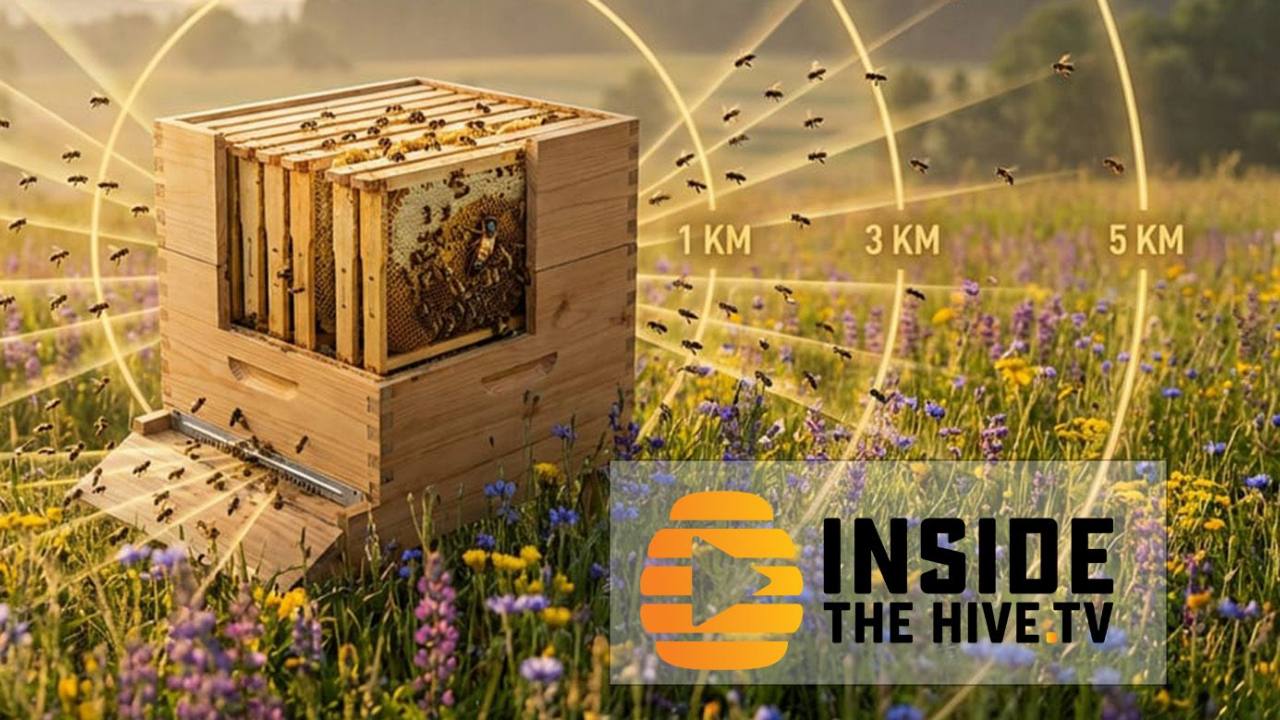The New Honey Bee Die-Off in the USA: A Surge of Theories and Agendas

Dear Insiders,
I want to take a moment to address the latest phenomenon in the beekeeping world—the new honey bee die-off in the USA—that I discussed in my livestream interview with Blake Shook. As expected, this event has already ignited a wave of theories, speculation, and opinions from all sides, much like what we experienced with Colony Collapse Disorder (CCD) in the past.
For those unfamiliar with my background, I was recruited by the USDA at the onset of CCD in 2006 to help address the issue using my expertise in virology and beekeeping. I spent four years of my life analyzing samples in search of a definitive explanation taht never came.
Once the crisis gained mainstream media attention, the situation became significantly more complex. I had the firsthand opportunity to observe a range of behaviors from politicians and scientists to beekeepers and journalists.
This experience taught me an important lesson: when a crisis captures widespread attention, separating fact from misinformation becomes incredibly difficult, if not impossible.
Right now, I feel like history is repeating itself—a true case of déjà vu.
Here are some key insights from my discussions with several commercial beekeepers over the phone. This will help you compare their observations with narratives from the media, government, and private institutions:
-
Some beekeepers are experiencing catastrophic losses, with 60-80% of their colonies affected, as highlighted in my interview with Blake.
-
Several beekeepers who examined their surviving bees found high levels of Nosema ceranae, a microsporidium that can be lethal under certain conditions if not properly managed.
-
Some queen breeders have reported a sharp increase in Black Queen Cell Virus, a virus that, to the best of our knowledge, is not transmitted by Varroa mites.






